In 18, the highest emitting country was China with 12 355 Mt CO 2 eq, or 260% of global GHG emissions Since 05, emissions from China increased by 717% Canada's emissions Footnote 1 in 18 reached 725 Mt CO 2 eq, which made up 15% of global GHG emissions Greenhouse gas emissions for the world and the top 10 emitting countries and62 A small number of countries contribute most of the greenhouse gas emissions, with the top 10 emitters accounting for over twothirds of annual global greenhouse gas emissions Most of them also have large populations and economies, together accounting for over 50% of the global population and 75% of the world's GDP2 päivää sitten Semiconductor manufacturer GlobalFoundries (GF) is aiming to reduce greenhouse gas emissions by 25 percent between to 30, even as it expands its global manufacturing capacity To meet the
What Country Has The Highest Carbon Emissions Per Capita Quora
Which country has the most greenhouse gas emissions
Which country has the most greenhouse gas emissions- Chart of the day These countries create most of the world's CO2 emissions With CO2 levels on the rise, being able to track global emissions is crucial Just two countries, China and the US, are responsible for more than 40% of the world's CO2 emissions With CO2 levels still on the rise, being able to track the global emissions hotspots49 Chile has committed to peaking its greenhouse gas emissions by 25, in an updated national plan presented virtually to the UN climate chief on Thursday The plan, by the country currently presiding over global efforts to raise climate ambition, includes phasing out coal power, promoting electric vehicles and expanding forests, on a path to carbon neutrality in 50
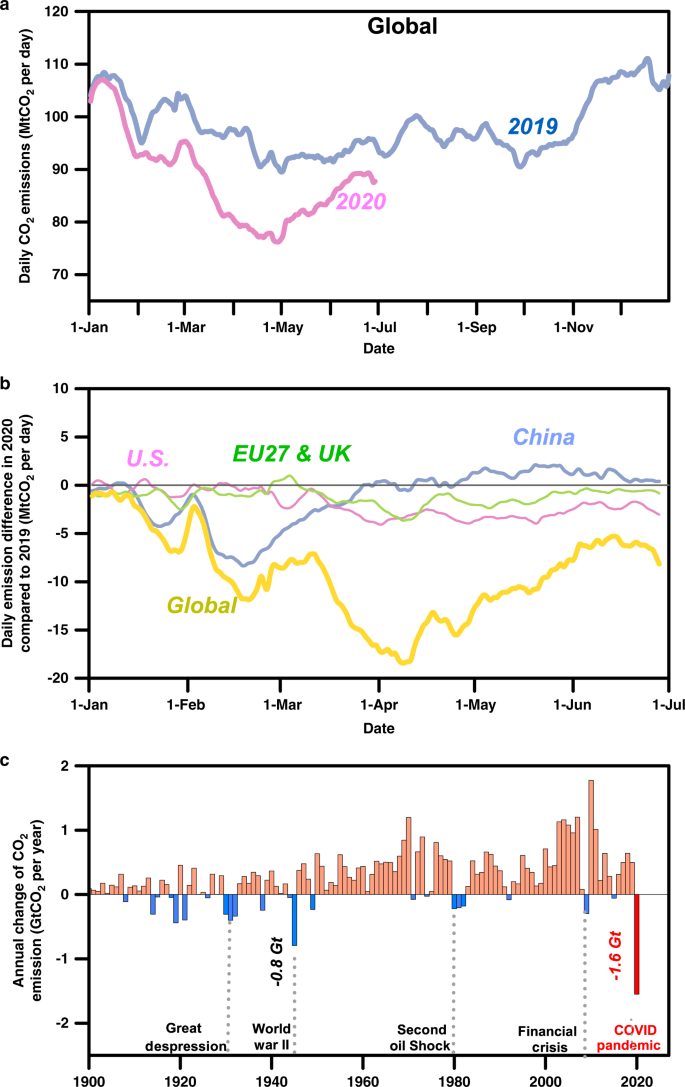



Near Real Time Monitoring Of Global Co2 Emissions Reveals The Effects Of The Covid 19 Pandemic Nature Communications
The world's countries emit vastly different amounts of heattrapping gases into the atmosphere The chart above and table below both show data compiled by the International Energy Agency, which estimates carbon dioxide (CO 2) emissions from the combustion of coal, natural gas, oil, and other fuels, including industrial waste and nonrenewable municipal wasteFossil CO2 emissions of all world countries Report The Emissions Database for Global Atmospheric Research provides emission time series from 1970 until 19 for fossil CO2 for all countries This report is contributing to the Paris Agreement process with an independent and quantitative view of global fossil CO2 emissionsEmissions from fossil fuel & cement now account for about 90% of total CO 2 emissions •Climate change will affect carbon cycle processes in a way that will exacerbate the CO 2 increase in the atmosphere •Cumulative emissions compatible with RCP26 are less than historical emissions •WGIII Chapter 5 will assess emissions by sectors and
Global CO 2 emissions were over 5% lower in Q1 than in Q1 19, mainly due to a 8% decline in emissions from coal, 45% from oil and 23% from natural gas CO 2 emissions fell more than energy demand, as the most carbonintensive fuels experienced the largest declines in demand during Q1Emissions Gap Report Authors UNEP, UNEP DTU Partnership For over a decade, the UNEP Emissions Gap Report has provided a yearly review of the difference between where greenhouse emissions are predicted to be in 30 and where they should be to avoid the worst impacts of climate change Download the full reportPeople waste a substantial share of food, which is associated with up to 10 per cent of global greenhouse gas emissions In 17, 4 cases were brought in 24 countries By July ,
Just 25 megacities produce 52% of the world's urban greenhouse gas emissions In 15, 170 countries worldwide adopted the Paris Agreement, with the goal limiting the average global temperatureGreenhouse gas emissions could increase from 55 gigatons of CO2 equivalents (GtCO2e) in 19 to over 80 GtCO2e in 50 an almost 50 percent increase Causes of CO2emissions CO2emissions are mostly a result of burning fossil fuels such as coal, oil and gas1 To prevent severe climate change we need to rapidly reduce global greenhouse gas emissions The world emits around 50 billion tonnes of greenhouse gases each year measured in carbon dioxide equivalents (CO 2 eq) 1 To figure out how we can most effectively reduce emissions and what emissions can and can't be eliminated with current technologies, we need



Cait Climate Data Explorer



Global Greenhouse Gas Emissions By Country And Sector Used Cait As Data Source Climatechange
Global cumulative CO2 emissions by country Published by Ian Tiseo , The United States has emitted more than 400 billion metric tons ofGreenhouse gas emissions (GHGs) The direct greenhouse gas (GHG) emissions from facilities we operate (Scope 1) were 63 million tonnes on a CO 2equivalent basis in , down from 70 million tonnes of CO 2 equivalent in 19 The main reasons for this decrease were divestments (for example, in Canada and the USA) and the number of our facilities operating at reducedGHG data from UNFCCC In accordance with Articles 4 and 12 of the Climate Change Convention and the relevant decisions of the Conference of the Parties, countries that are Parties to the Convention submit national greenhouse gas (GHG) inventories to the Climate Change secretariat




Greenhouse Gas Emissions Are Set To Rise Fast In 21 The Economist
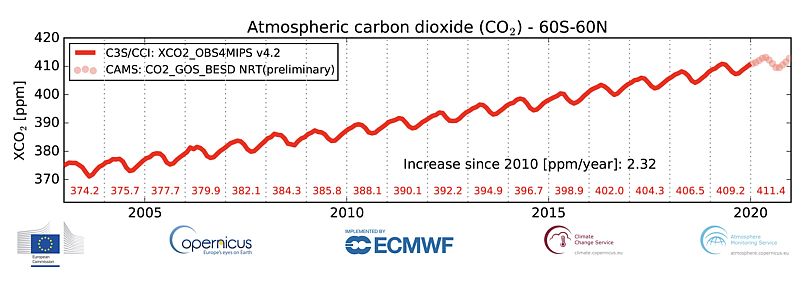



A Year Of Slowdowns But Not For Global Warming Euronews
A greenhouse gas (GHG) is a gas that absorbs and emits thermal radiation, creating a "greenhouse effect" While carbon dioxide is important in keeping the Earth a habitable temperature, the excessive CO2 emissions caused by the increasing consumption of fossil fuels disrupt Earth's carbon cycle and accelerate global warming192 As defined by the Environmental Protection Agency (EPA), US greenhouse gas emissions sources can be broken down into five sectors transportation (29%), electricity (28%), industry (22%), commercial and residential (12%), and agriculture (9%) Transportation is currently the largest source of greenhouse gas emissions in the US, having surpassed electricityGlobal Greenhouse Gas (GHG) Emissions for 00 (MtCO2eq) (MtCO2eq) Emissions in OECD countries are expected to decline by 86 percent between 1995 and 15 As Exhibit 47 reveals, the majority of these emissions shift to China and other developing countries




Near Real Time Monitoring Of Global Co2 Emissions Reveals The Effects Of The Covid 19 Pandemic Nature Communications



Www Ipcc Ch Site Assets Uploads 18 12 Unep 1 Pdf
Large, growing, and impactful share of global greenhouse gas (GHG) emissions Note Numbers do not sum to 100 due to rounding ¹ Including forestry, land use, fertilizer production, and electricity used in agriculture Total GHG emissions by sector, % Agriculture, forestry, and landuse change 27 Other 24 Power and heat 18 Industry 326521 China's greenhouse gas emissions exceed those of US and developed countries combined, report says Published Thu, 948 AM EDT Updated Wed, 713 PM EDT Emma Newburger @emma Our net greenhouse gas emissions were 555 million tonnes, 572 percent higher than 1990 due to the underlying increase in gross emissions and a decrease in carbon uptake by New Zealand's plantation forest In 18 net emissions were 26 percent lower than 17 Net uptake of carbon dioxide from the atmosphere by land use, landuse change




Report China Emissions Exceed All Developed Nations Combined c News




Greenhouse Gas Emissions Wikipedia
Emissions worldwide Statistics & Facts The increased combustion of fossil fuels for energy and industry have seen greenhouse gas emissions increase dramatically worldwide over the last century A Global Breakdown of Greenhouse Gas Emissions by Sector In a few decades, greenhouse gases (GHGs)—chiefly in the form of CO₂ emissions—have risen at unprecedented rates as a result of global growth and resource consumption To uncover the major sectors where these emissions originate, this graphic from Our World in Data pulls the latestEmissions Gap Report Every year, the Emissions Gap Report signals the difference between where greenhouse emissions are predicted to be in 30 and where they should be to avoid the worst impacts of climate change The report finds that a brief dip in carbon dioxide emissions caused by the COVID19 pandemic will make no significant



1




No Progress Made To Reduce U S Greenhouse Gas Emissions Ecori News
Analyze and visualize latest available international greenhouse gas emissions data Climate Watch lets you explore global emissions by sector, gases, countries, or regionsGrid Electricity Emissions Factors v13 – July wwwcarbonfootprintcom 4 Grouping Country Production fuel mix factor (kgCO 2 e per kWh) Residual fuel mix factor (kgCO 2 e per kWh) Source Year Comments Middle East Saudi Arabia 0732 Climate Transparency (19 Report) 18 Emissions intensity of the power sector Global greenhouse gas (GHG) emissions have increased, on average, by 11% per year, from 12 to 19, which is a markedly lower growth rate than those seen in the first decade of this century (26%, on average) In 19, the increased in global greenhouse gas emissions was 11%, half the increase in 18, reaching 524 gigatonnes in CO2 equivalent (GtCO2 eq), excluding
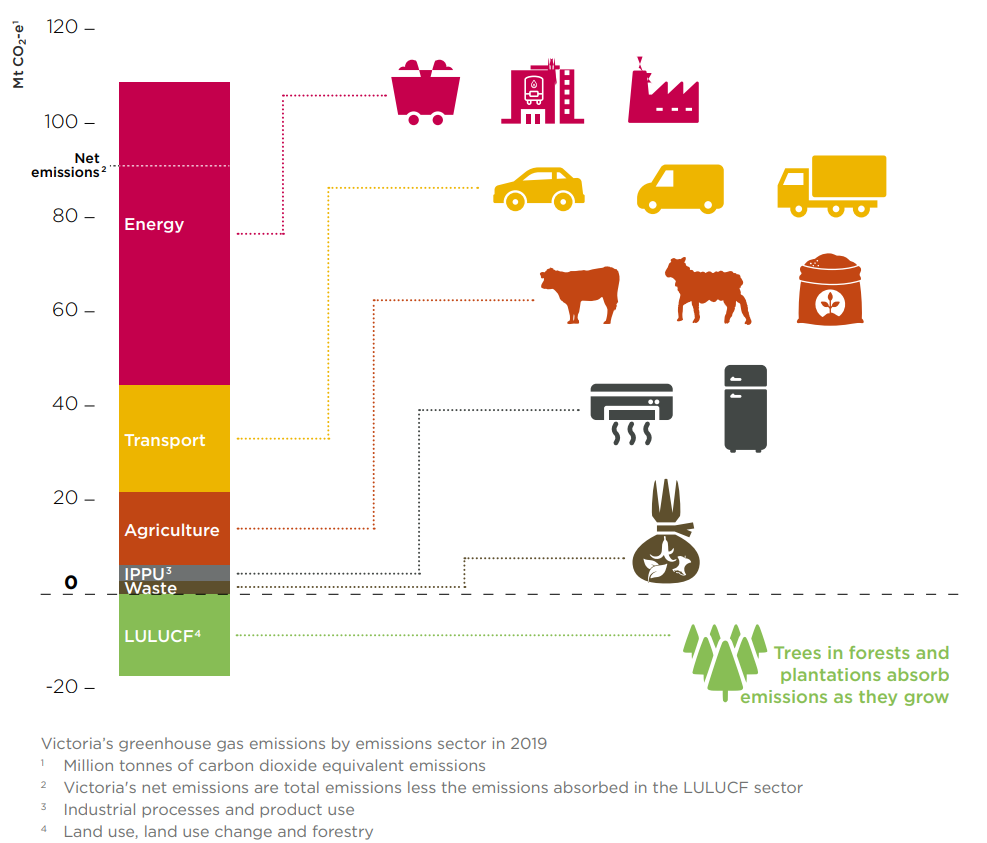



Victoria S Greenhouse Gas Emissions



1
This is a list of countries by total greenhouse gas (GHG) annual emissions in 16 It is based on data for carbon dioxide, methane (CH 4), nitrous oxide (N 2 O), perfluorocarbons (PFCs), sulfur hexafluoride (SF6) and hydrofluorocarbons (HFCs) emissions compiled by the World Resources Institute (WRI) The table below separately provides emissions data calculated on the basis ofAs is the case with CO2 emissions, China is the world's largest emitter of greenhouse gases today It emits around twice as much as the United States, which is the second largest emitter This is followed by India, Indonesia and Russia However, this is not the case when we adjust for population and look at per capita emissionsTotal greenhouse gas emissions (kt of CO2 equivalent) Data for up to 1990 are sourced from Carbon Dioxide Information Analysis Center, Environmental Sciences Division, Oak Ridge National Laboratory, Tennessee, United States




Gcp Carbon Budget




Global Greenhouse Gas Emissions Per Sector In 04 Total 50 Gtco 2 E Download Scientific Diagram
Global carbon dioxide (CO2) emissions from fossil fuel and industry are expected to drop by 7% in , new analysis shows, as economies around the world feel the effects of Covid19 lockdowns The latest estimates from the Global Carbon Project (GCP) suggest that these emissions will clock in at 34bn tonnes of CO2 (GtCO2) this year – a fall of 24GtCO2 compared24 Global emissions of other greenhouse gases 21 3 TRENDS IN LARGEST EMITTING COUNTRIES AND THE EU28 27 31 China 30 32 United States 33 33 European Union 38 34 India 43 35 Russian Federation 47 36 Japan 51 APPENDICES 56 A CO 2 emissions per country, per capita, and per USD of GDP 56 B Greenhouse gas emissions total, CH 4, N 2 A lot has happened since countries met in Paris in 15 and agreed on an accord to combat climate change So far, more than 1 countries ratified or otherwise joined the Paris Climate Agreement, representing more than 81% of global greenhouse gas emissions and 93% once the United States rejoins Additionally, 19 countries — including United States, Japan,




Eia Projects Global Energy Related Co2 Emissions Will Increase Through 50 Today In Energy U S Energy Information Administration Eia
/cdn.vox-cdn.com/uploads/chorus_asset/file/16185712/Screen_Shot_2019_04_23_at_5.44.31_PM.png)



Climate Change Animation Shows Us Leading The World In Carbon Emissions Vox
195 Last fall, a United Nations report estimated that global greenhouse gas emissions must begin falling by 76 percent each year beginning in2321 Demand for fossil fuels was hardest hit in – especially oil, which plunged 86%, and coal, which dropped by 4% Oil's annual decline was its largest ever, accounting for more than half of the drop in global emissions Global emissions from oil use plummeted by well over 1 100 Mt CO2, down from around 11 400 Mt in 19Global fossil CO2 emissions per unit of GDP continued their decreasing trend (17% in 19 and 338% between 19 and 1990) reaching the average value of 0298 tCO2/kUSD/yr, while per capita emissions remained substantially stable in 19 to 493 tCO2/capita/yr, confirming a 159% increase from 1990 EU27UK total fossil CO2 emissions have



What Country Has The Highest Carbon Emissions Per Capita Quora




List Of Countries By Carbon Dioxide Emissions Wikiwand
15 As a result of these trends—mainly the declines in coal and oil use—global energyrelated CO2 emissions are set to fall by almost 8% in Greenhouse gas emissions in the EU27 decreased by 24 % between 1990 and 19, exceeding the target of a % reduction from 1990 levels by By 30, the projections based on current and planned measures of the EU27 show an emission reduction of 36 %, which is a rather conservative outlook in the absence of new measures Further effort will certainly beEmissions from international shipping or bunker fuels are also not included in national figures, which can make a large difference for small countries with important ports When carbon dioxide emissions from landuse change are factored in, the majority of carbon emissions since 1905 occurred in Asia, Central and Southern America, reflecting the fact that developed nations



If The Us Is The Second Largest Producer Of Greenhouse Gas Emissions Who Is The First One Quora



Cait Climate Data Explorer
In April, a new global initiative called Mission was launched by Christiana Figueres, the former UN climate chief who oversaw the signing of the Paris Agreement on climate change in late 15 The aim of Mission is to bring "new urgency" to the "global climate conversation" with a call to begin "rapidly declining" global greenhouse gas emissions by6521 Each year Rhodium Group provides the most uptodate global and countrylevel greenhouse gas (GHG) emissions estimates through the ClimateDeck (a partnership with Breakthrough Energy) In addition to our preliminary US and China GHG estimates for , Rhodium provides annual estimates of economywide emissions—including all six Kyoto gases—for over 190 countries The COVID19 pandemic reduced global greenhouse gas emissions by a record 7% this year, according to new estimates released Thursday by an international group of scientists




Since 1990 Greenhouse Gas Emissions Have Increased By 2 7 In Japan Climate Scorecard




Global Greenhouse Gas Emissions Data Us Epa
The top 15 countries generating carbon emissions including and its pledge is to reduce greenhouse gas emissions by 22% "Amazon Fire Activity in Surpasses 19" Global Fire Emissions Under the UN Kyoto Protocol, many industrialized nations around the world agreed to reduce their collective greenhouse gas emissions by about 5 percent of their 1990 amounts by 12 Although the goals of this agreement have not been met, the year 1990 remains an important point of reference for efforts to limit greenhouse gas emissions




Covid Curbed Carbon Emissions In But Not By Much



Chart Wealthy Nations Lead Per Capita Emissions Statista



3




Drivers Of Greenhouse Gas Emissions In Africa Focus On Agriculture Forestry And Other Land Use Our Africa Our Thoughts
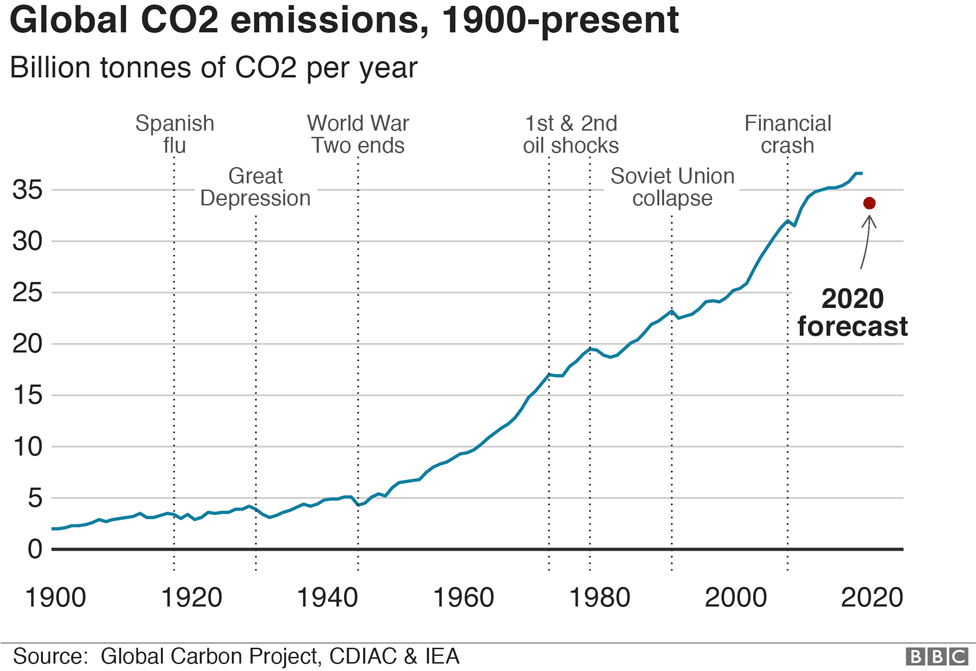



Climate Change And Coronavirus Five Charts About The Biggest Carbon Crash c News



Chart The Countries Emitting The Most Co2 Per Capita Statista




China S Greenhouse Gas Emissions Exceeded The Developed World For The First Time In 19 Rhodium Group



Total Greenhouse Gas Emission Trends And Projections In Europe European Environment Agency




Greenhouse Gas Emissions Plunged 17 Percent During Pandemic The Washington Post
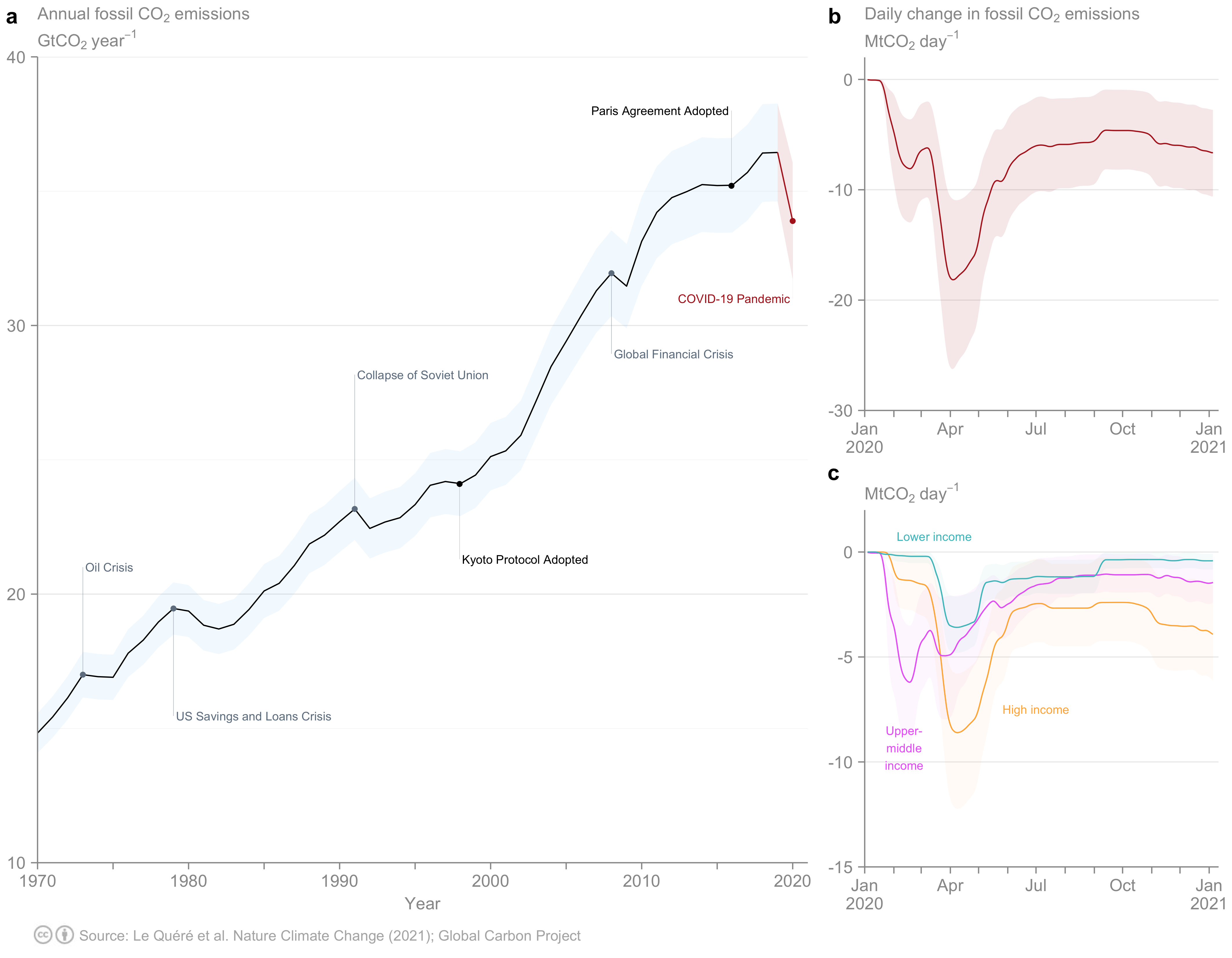



Supplementary Data Temporary Reduction In Daily Global Co2 Emissions During The Covid 19 Forced Confinement Icos




Chart Of The Day These Countries Have The Largest Carbon Footprints World Economic Forum



Chart Global Carbon Emissions Fall In Statista
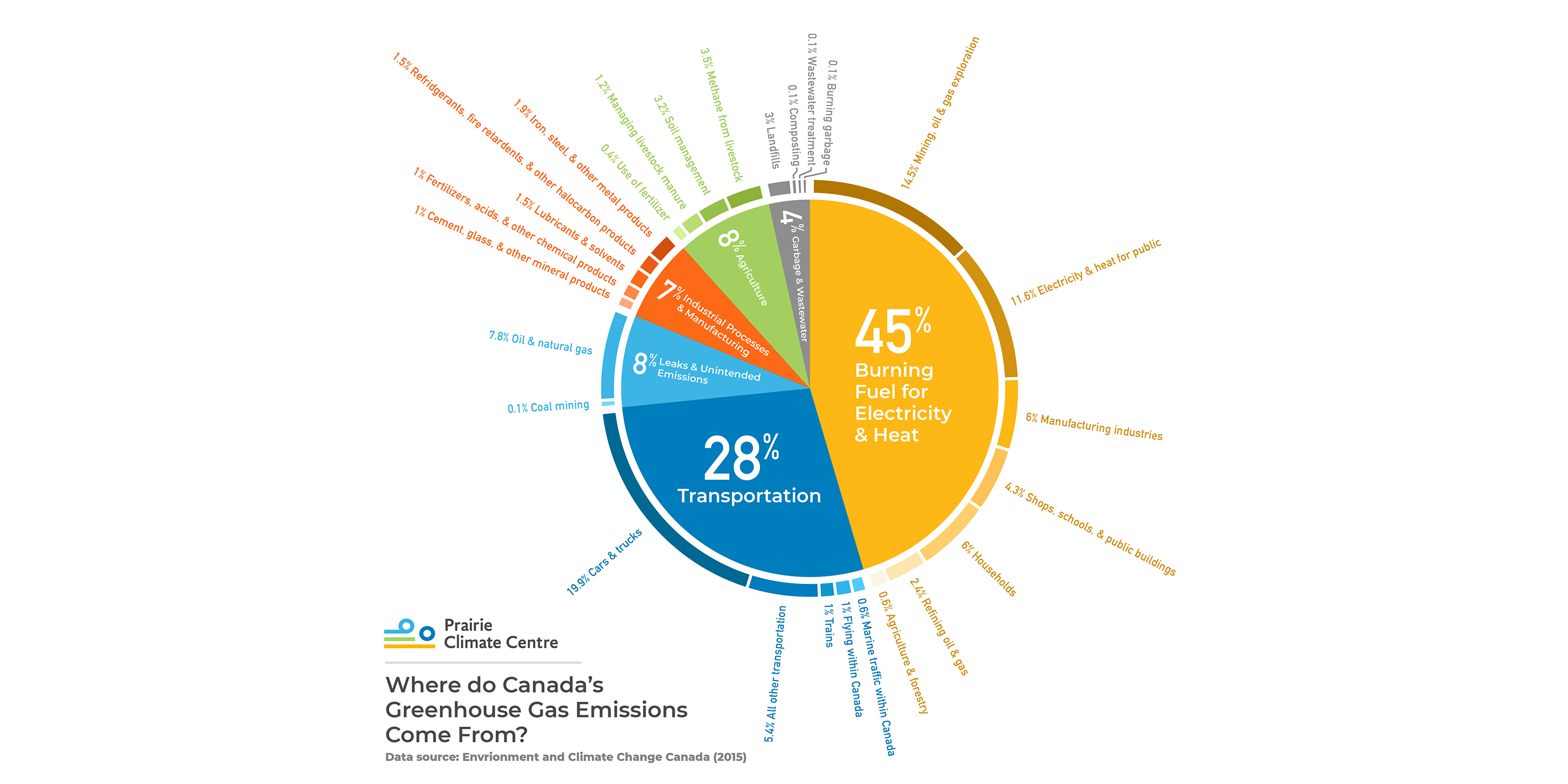



Where Do Canada S Greenhouse Gas Emissions Come From



Earthcharts Greenhouse Gas Emissions By Sector




Germany S Greenhouse Gas Emissions And Energy Transition Targets Clean Energy Wire
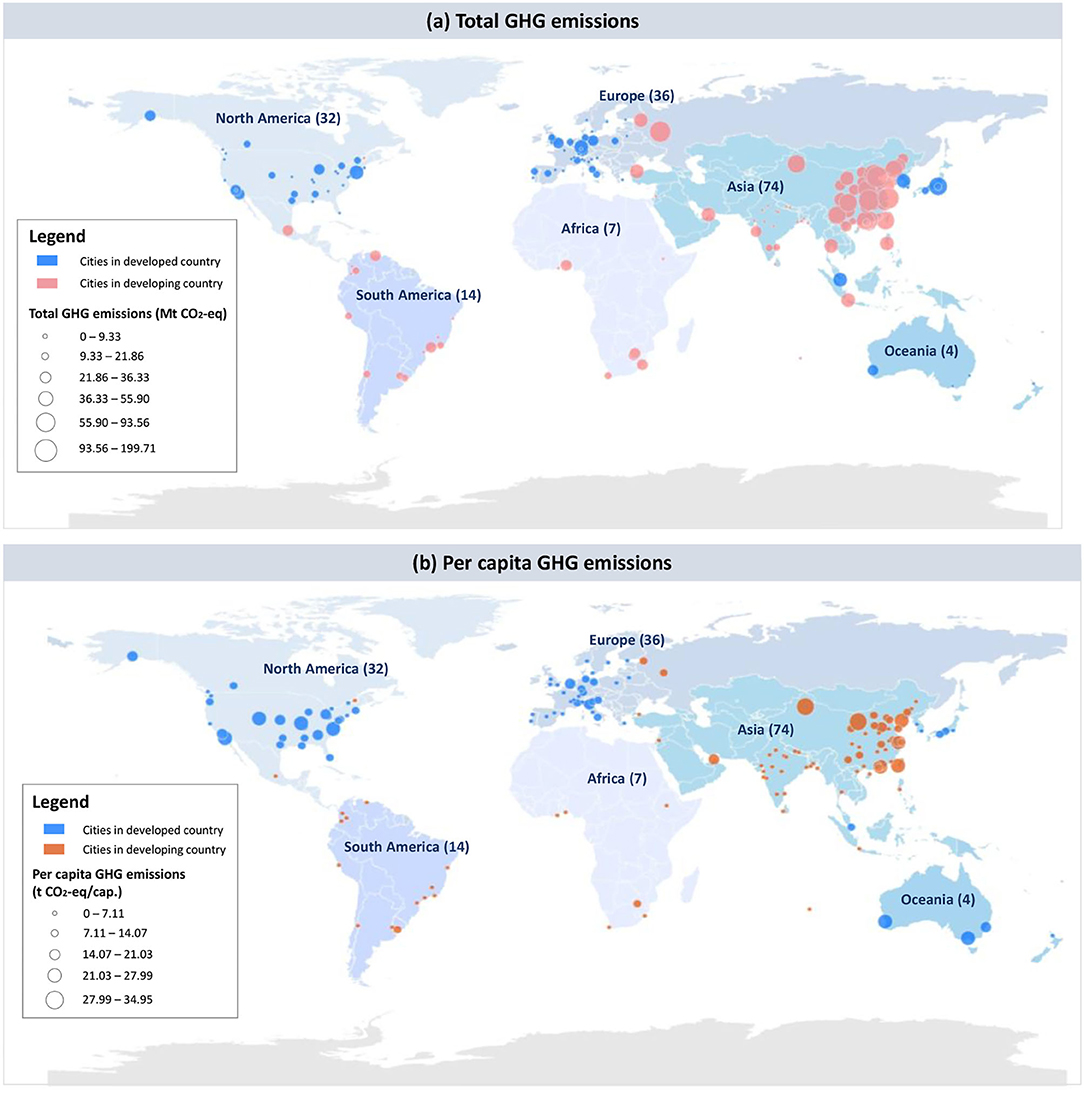



Frontiers Keeping Track Of Greenhouse Gas Emission Reduction Progress And Targets In 167 Cities Worldwide Sustainable Cities




The U S Has A New Climate Goal How Does It Stack Up Globally The New York Times




Climate Accountability Institute
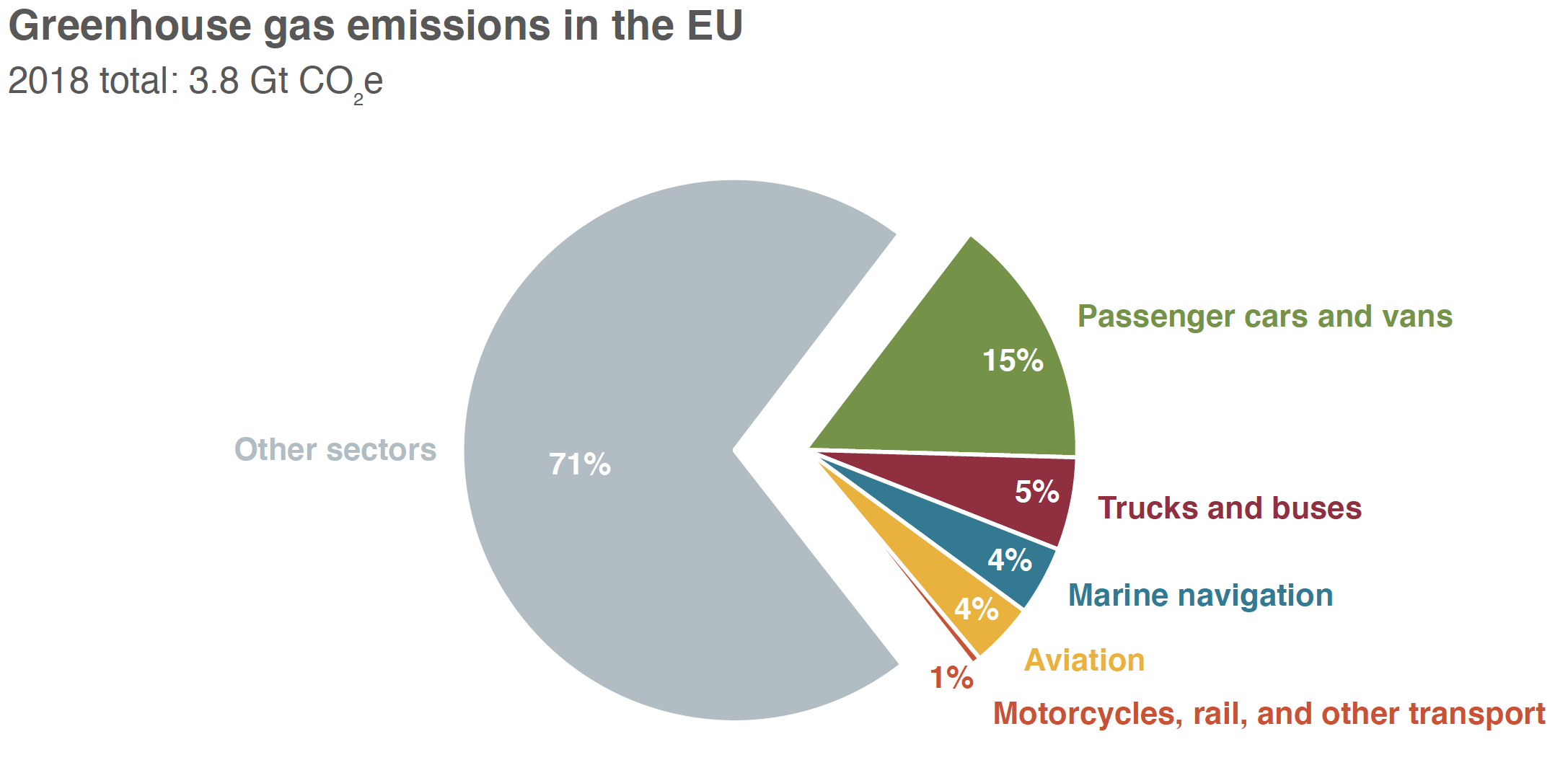



Transport Could Burn Up The Eu S Entire Carbon Budget International Council On Clean Transportation




China S Greenhouse Gas Emissions Exceeded The Developed World For The First Time In 19 Rhodium Group



1



Chart Growing Emissions Which Countries Are To Blame Statista



Www Pbl Nl Sites Default Files Downloads Pbl 18 Trends In Global Co2 And Total Greenhouse Gas Emissons 18 Report 3125 Pdf
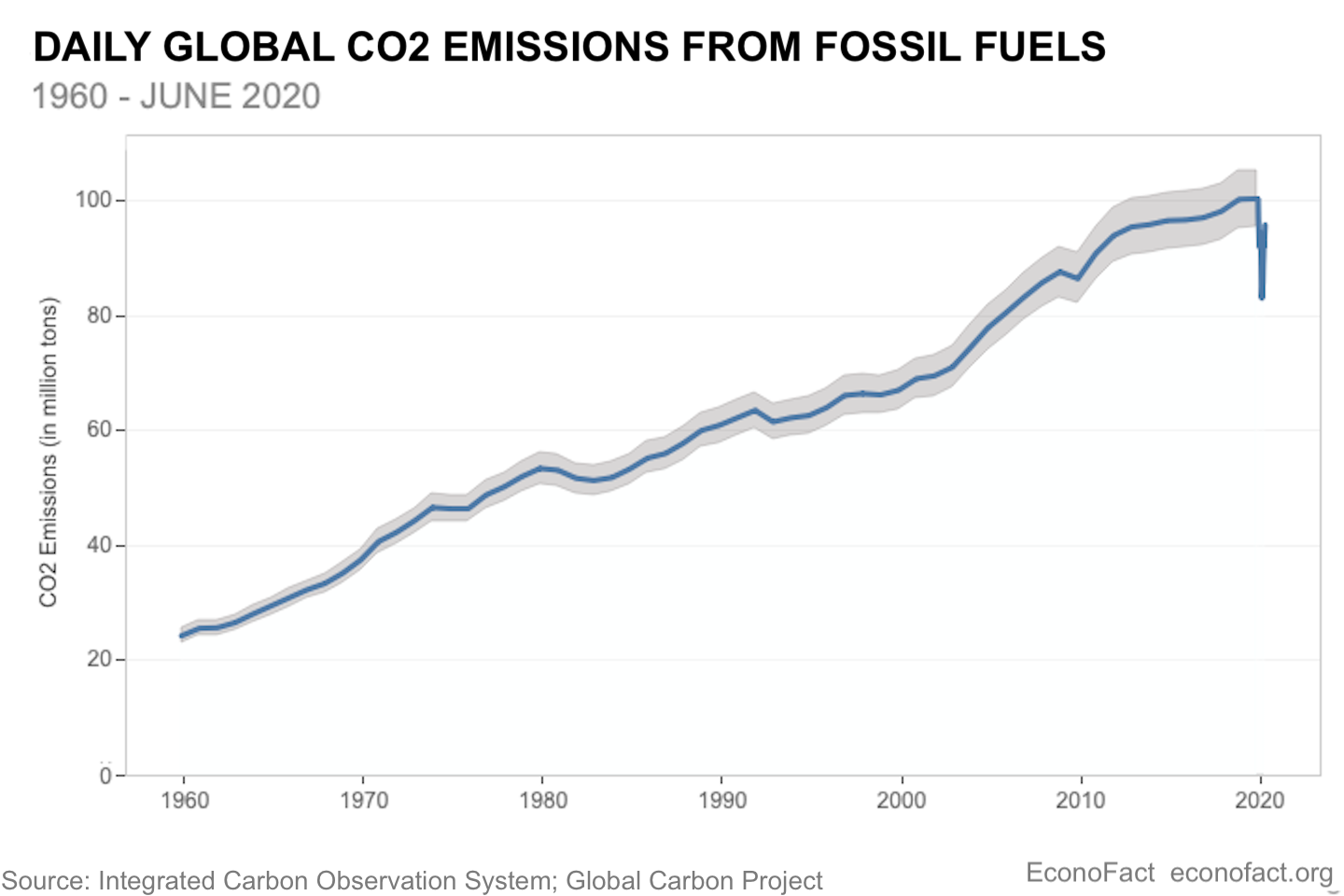



The Effect Of Covid 19 On Co2 Emissions Econofact




Chart Of The Day These Countries Create Most Of The World S Co2 Emissions World Economic Forum
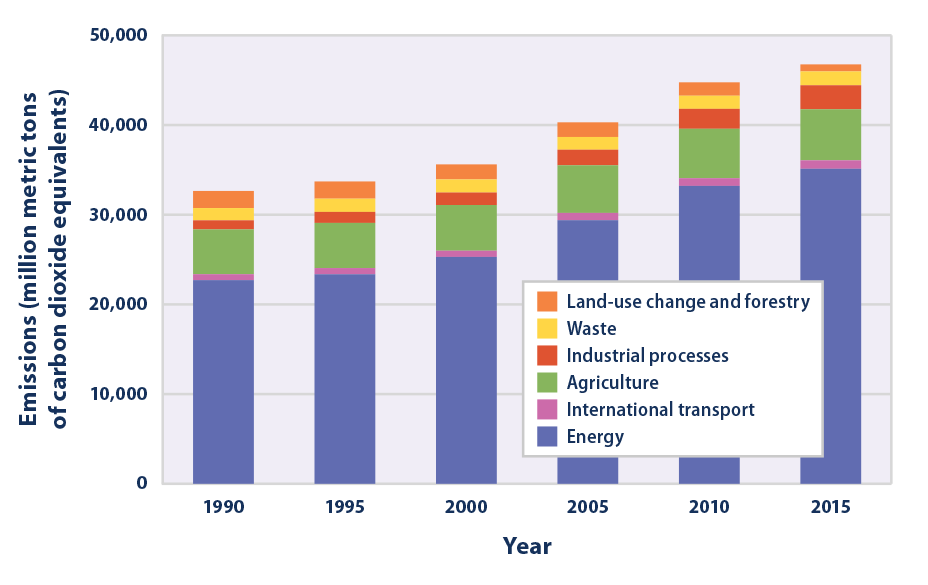



Climate Change Indicators Global Greenhouse Gas Emissions Us Epa
/cdn.vox-cdn.com/uploads/chorus_asset/file/16185122/gw_graphic_pie_chart_co2_emissions_by_country_2015.png)



Climate Change Animation Shows Us Leading The World In Carbon Emissions Vox




Highest Greenhouse Gas Emissions In History Push Global Warming Towards Dangerous Levels Global Warming Climate Change Greenhouse Gas Emissions Ghg Emissions
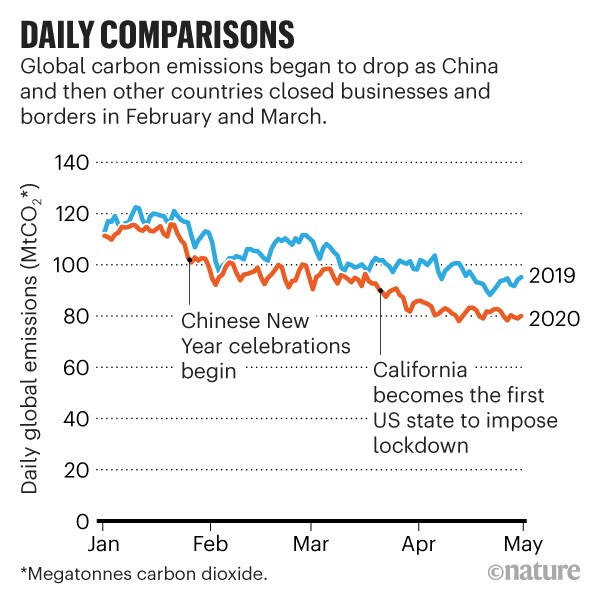



How The Coronavirus Pandemic Slashed Carbon Emissions In Five Graphs




Max Roser Greenhouse Gas Emissions Per Capita Germany Is Doing Very Badly In Comparison To Many Other Countries In Western Europe You Can Explore Greenhouse Gas Emissions Now In
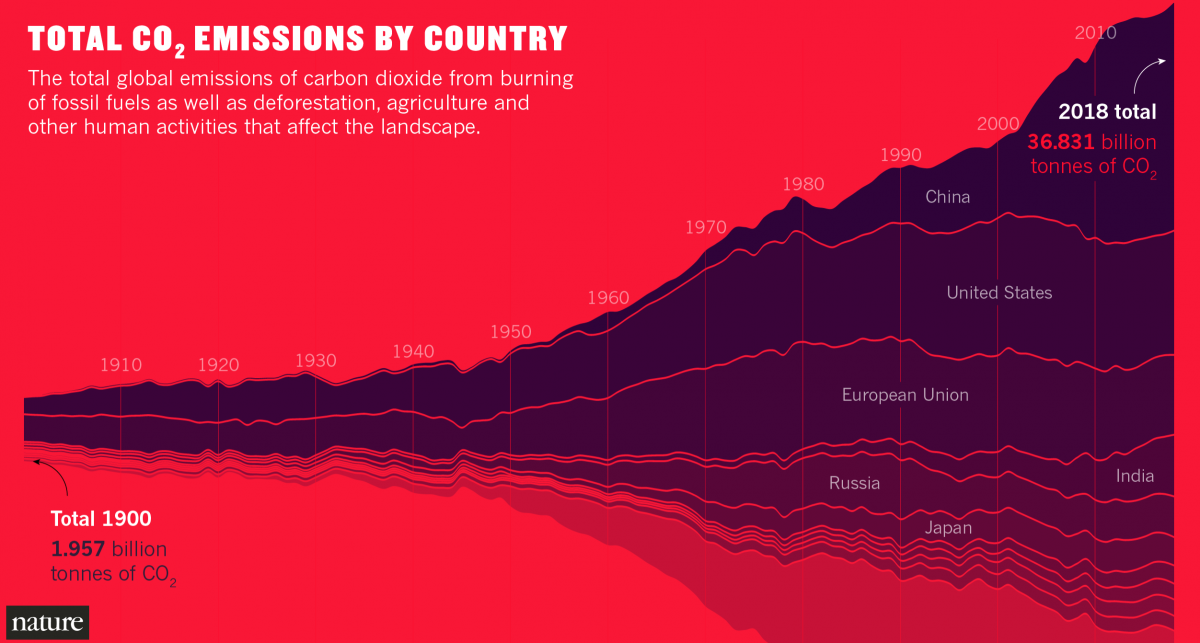



Five Ways Organizations Are Visualizing Carbon Emissions Storybench



List Of Countries By Carbon Dioxide Emissions Per Capita Wikipedia
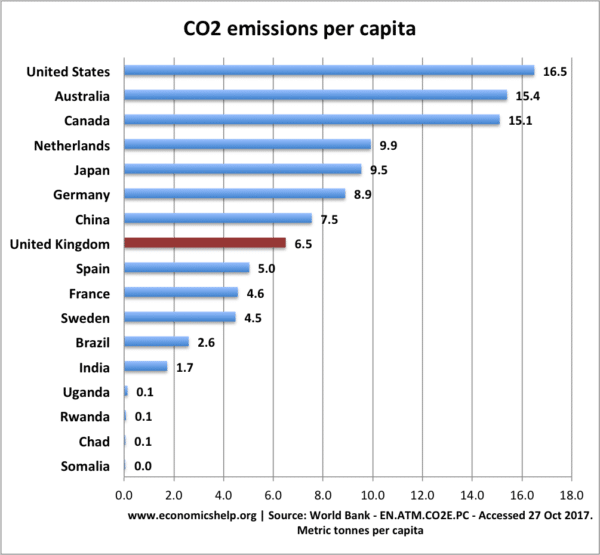



Top Co2 Polluters And Highest Per Capita Economics Help




Global Greenhouse Gas Ghg Emissions Of The Intended Nationally Download Scientific Diagram
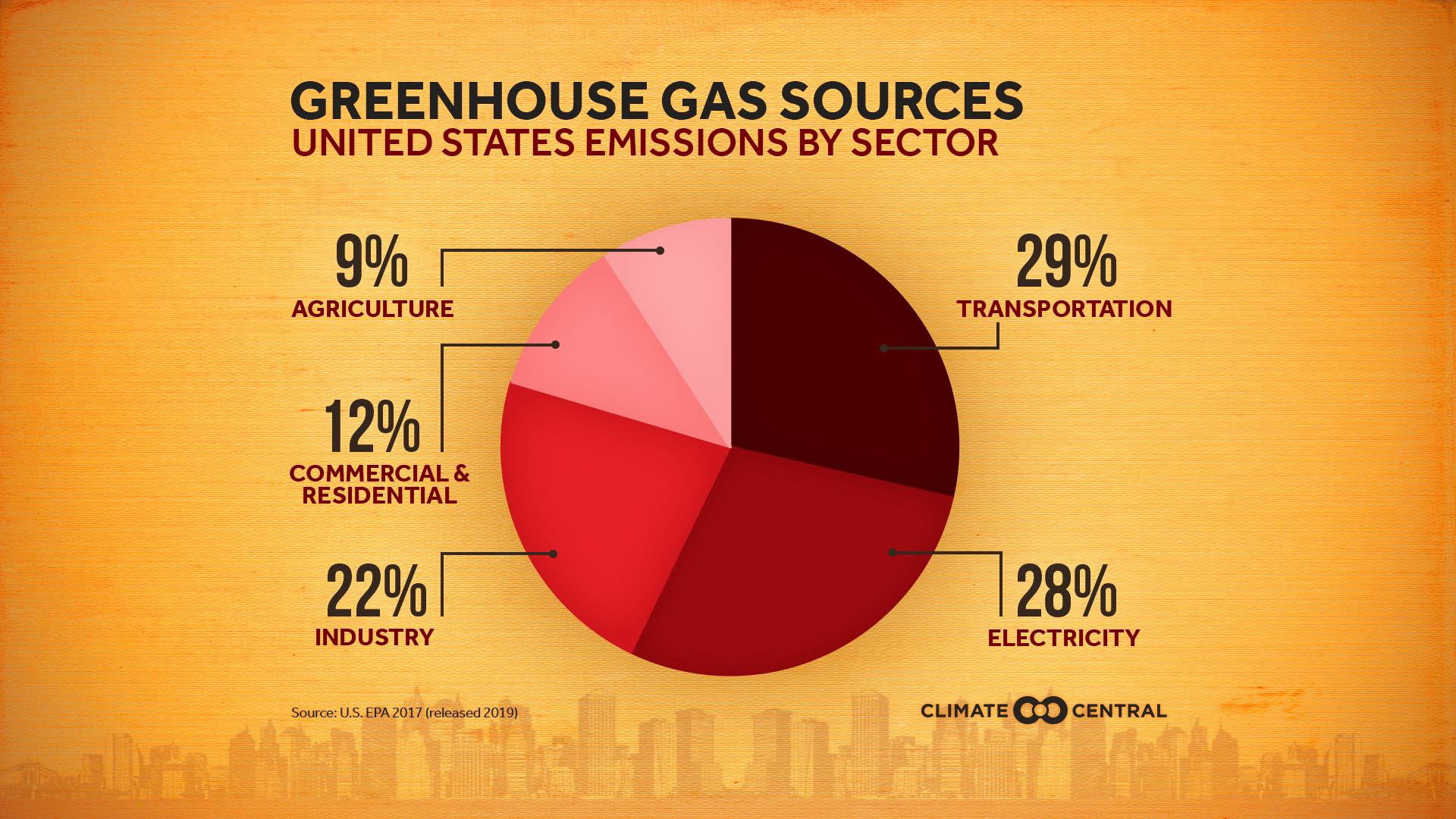



National And Global Emissions Sources Climate Matters
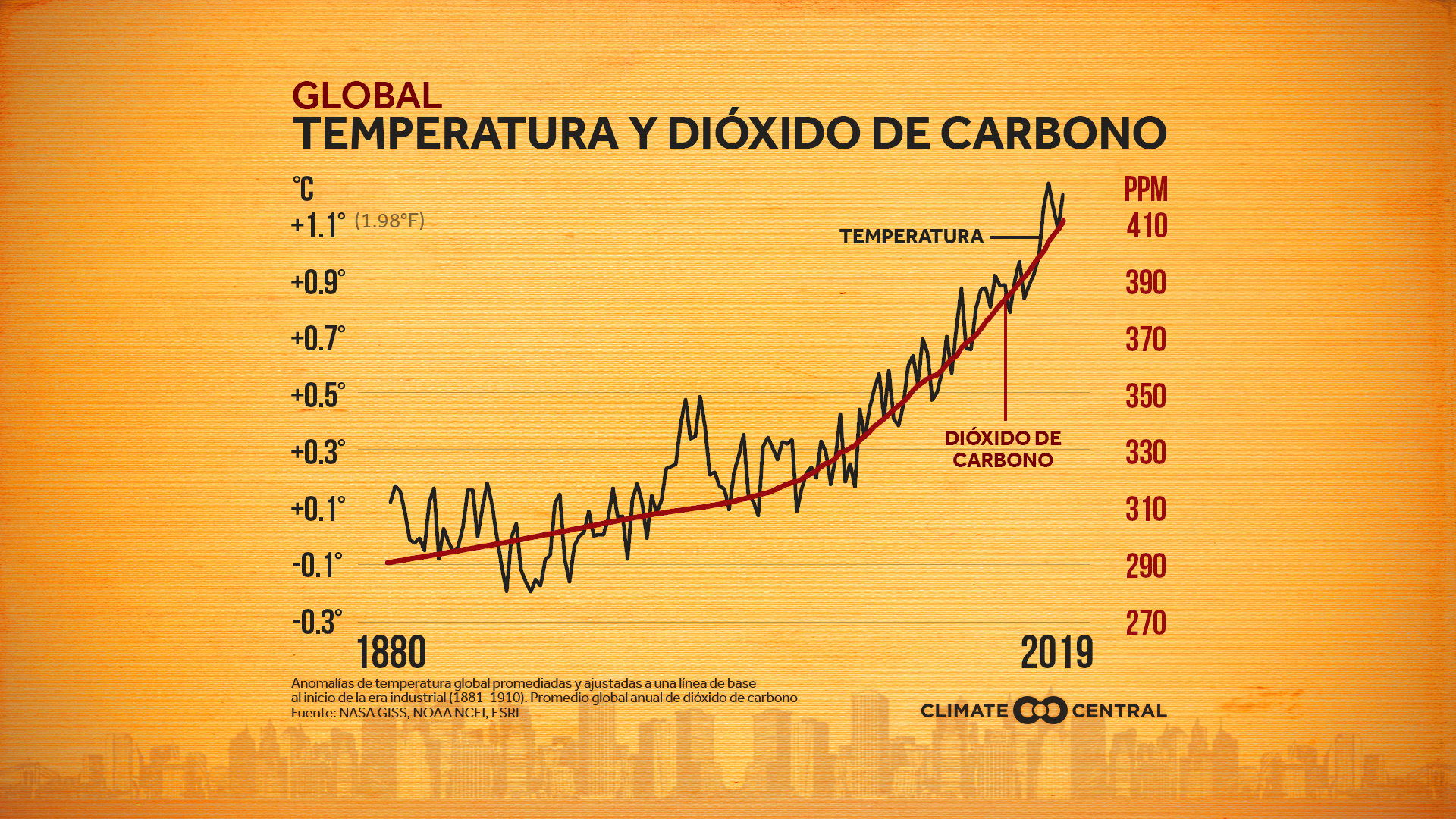



National And Global Emissions Sources Climate Matters
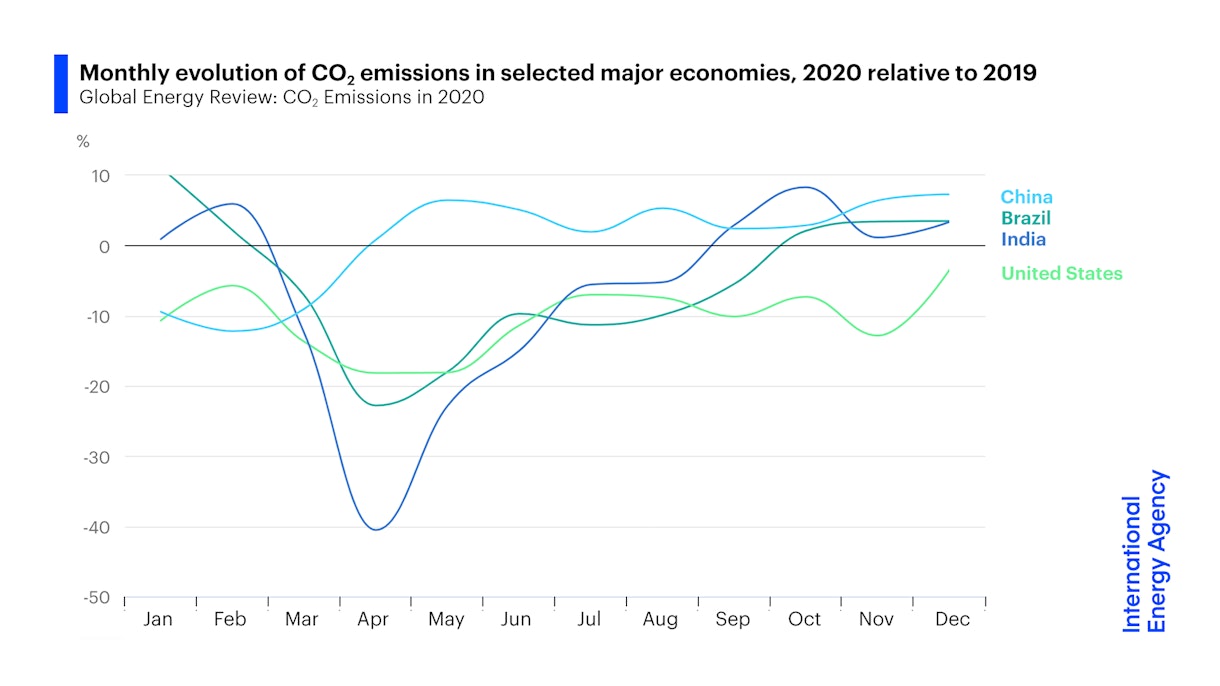



After Steep Drop In Early Global Carbon Dioxide Emissions Have Rebounded Strongly News Iea



Www Pbl Nl Sites Default Files Downloads Pbl Trends In Global Co2 And Total Greenhouse Gas Emissions 19 Report 4068 Pdf




Energy And Greenhouse Gas Emissions Ghgs



Greenhouse Gas Emissions Our World In Data




Global Greenhouse Gas Emissions Data Us Epa




Global Greenhouse Gas Emissions By Sector Download Scientific Diagram



Co And Greenhouse Gas Emissions Our World In Data
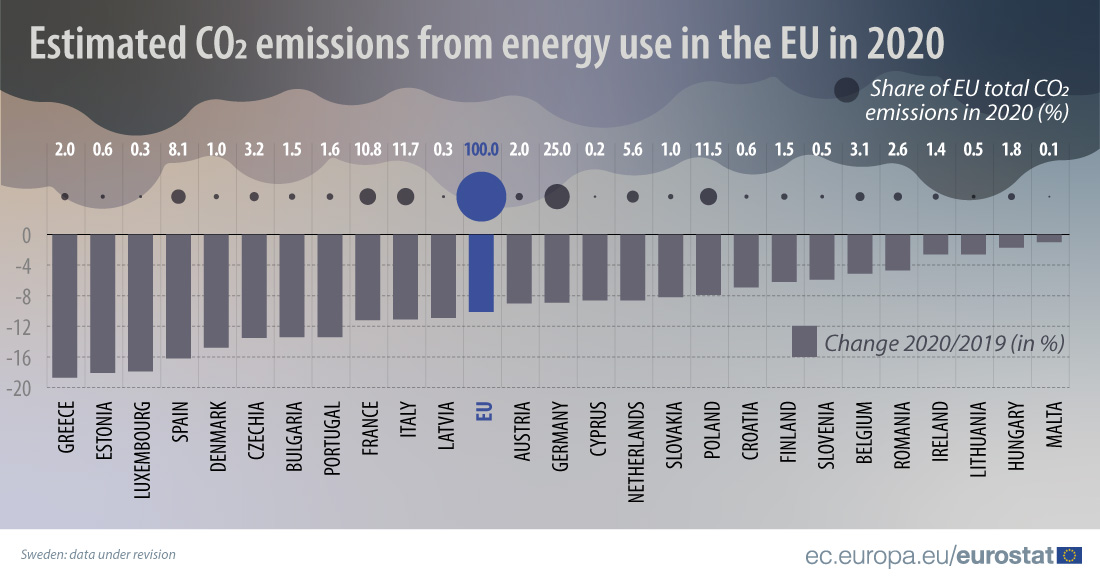



Co2 Emissions From Energy Use Clearly Decreased In The Eu In Products Eurostat News Eurostat
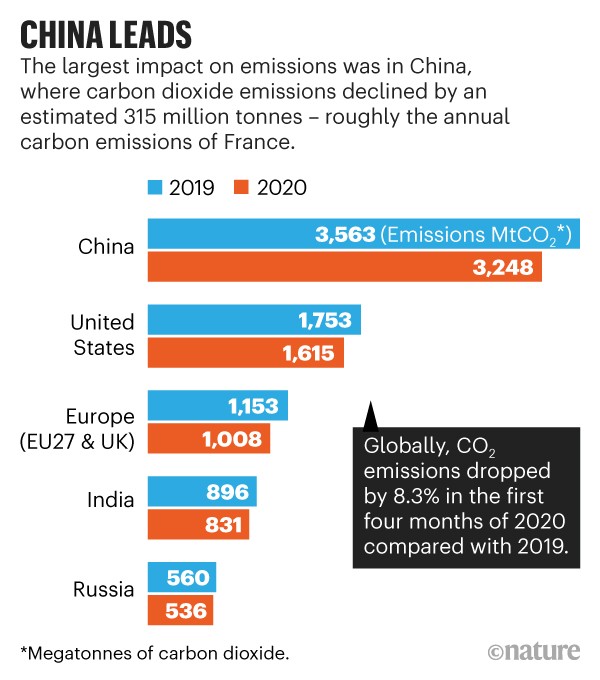



How The Coronavirus Pandemic Slashed Carbon Emissions In Five Graphs



Total Greenhouse Gas Emission Trends And Projections In Europe European Environment Agency
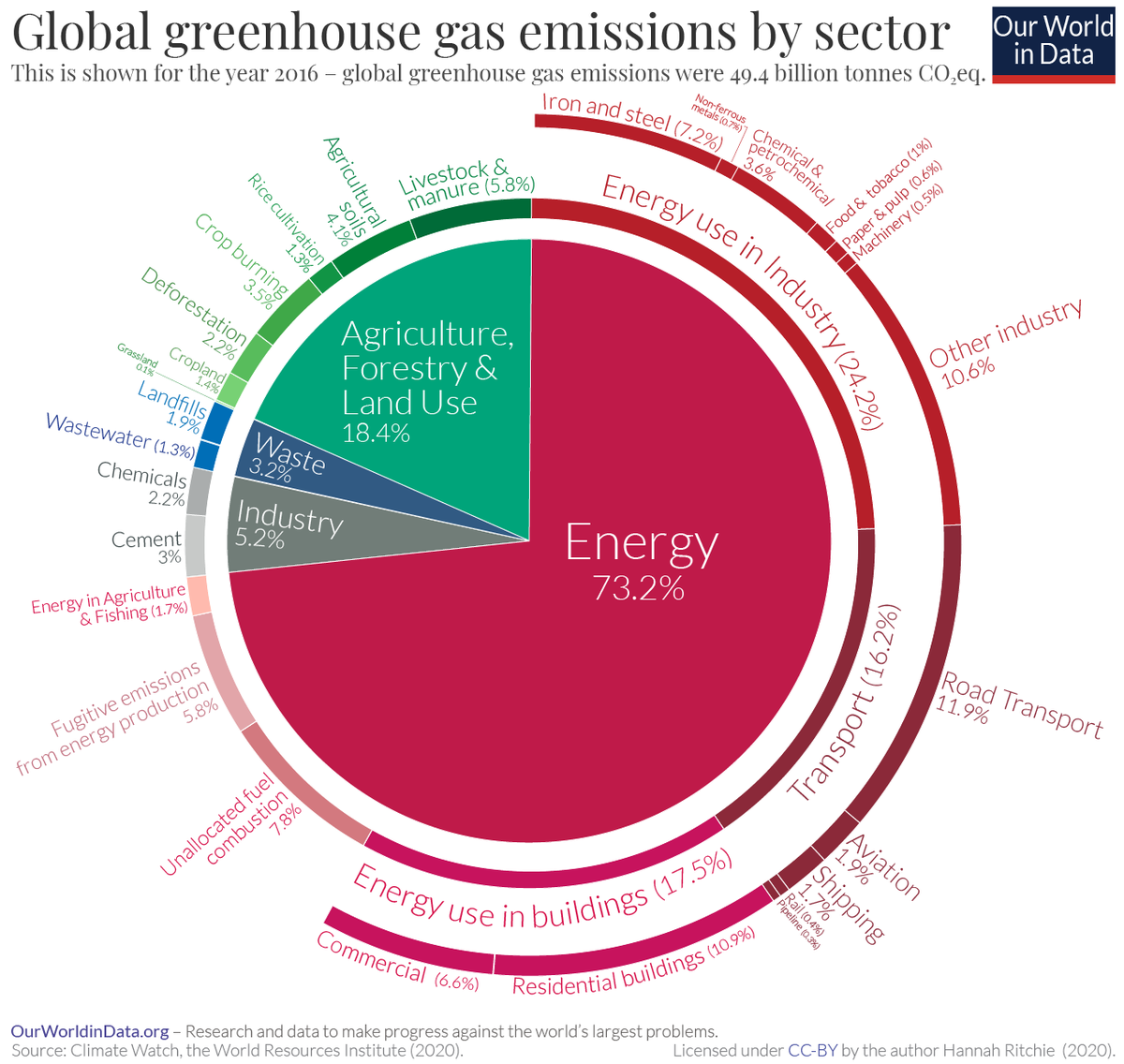



A Global Breakdown Of Greenhouse Gas Emissions By Sector



Www Ipcc Ch Site Assets Uploads 18 12 Unep 1 Pdf



Emissions By Sector Our World In Data



Emissions By Sector Our World In Data



Www Pbl Nl Sites Default Files Downloads Pbl Trends In Global Co2 And Total Greenhouse Gas Emissions 19 Report 4068 Pdf
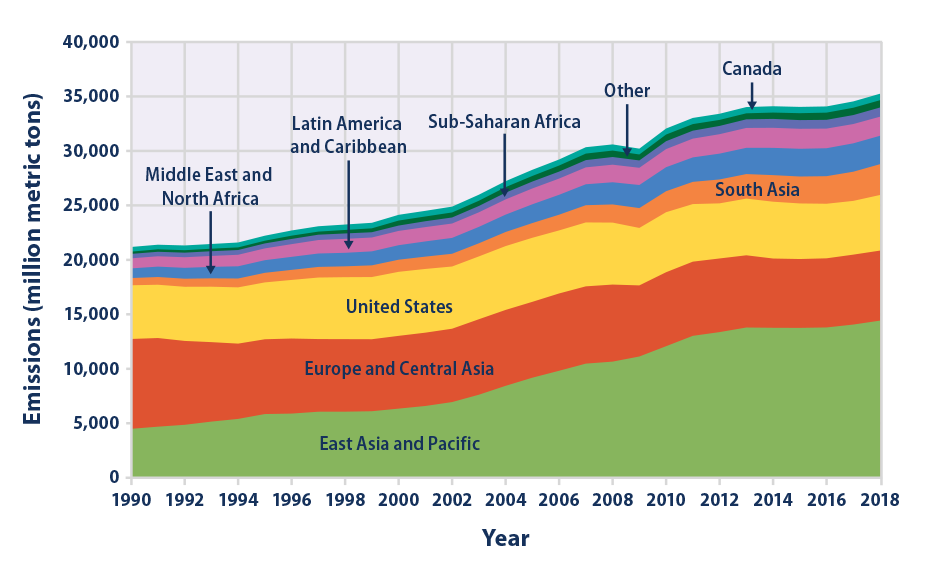



Climate Change Indicators Global Greenhouse Gas Emissions Us Epa
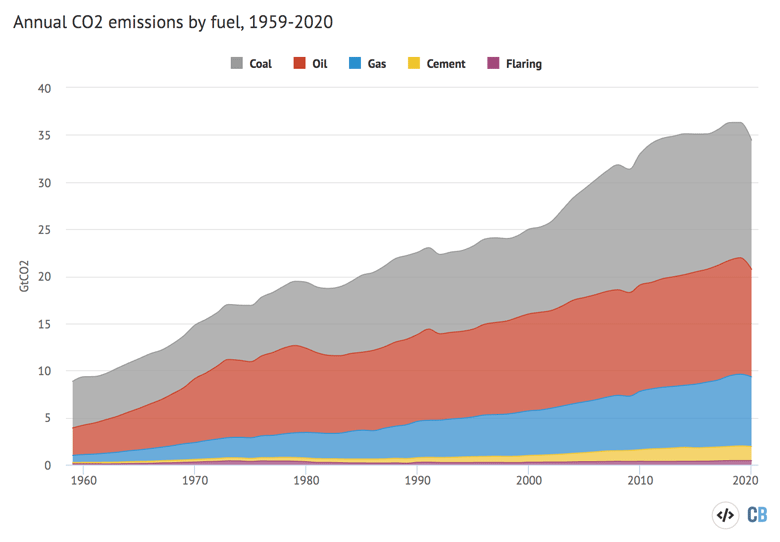



Global Carbon Project Coronavirus Causes Record Fall In Fossil Fuel Emissions In Carbon Brief
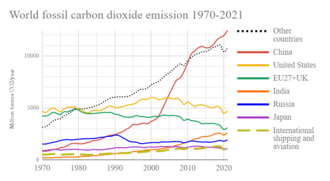



List Of Countries By Carbon Dioxide Emissions Wikipedia
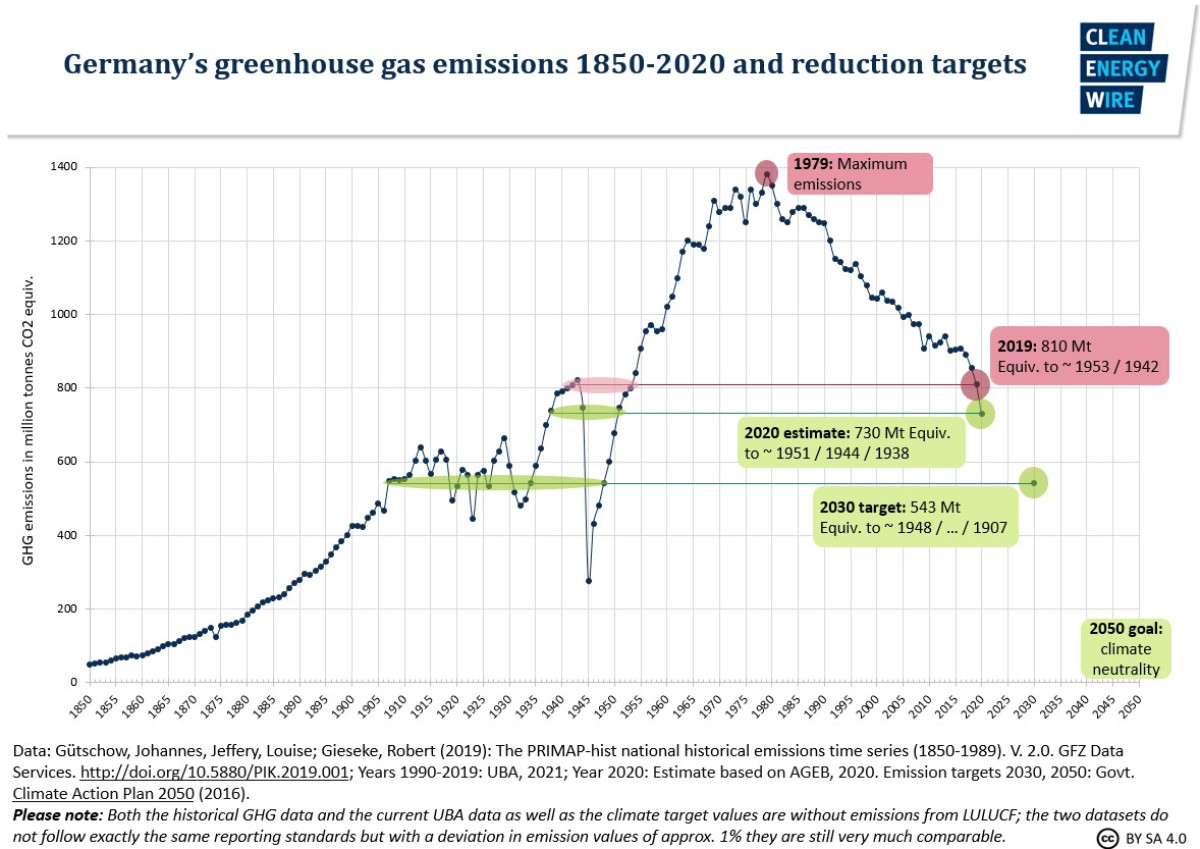



Germany S Greenhouse Gas Emissions And Energy Transition Targets Clean Energy Wire




Climate Change Indicators And Impacts Worsened In World Meteorological Organization




Co And Greenhouse Gas Emissions Our World In Data




G7 Countries Transition Towards A Low Carbon Economy Climate Transparency
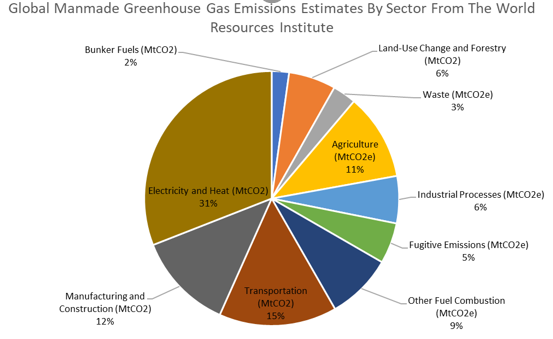



How Much Does Animal Agriculture And Eating Meat Contribute To Global Warming
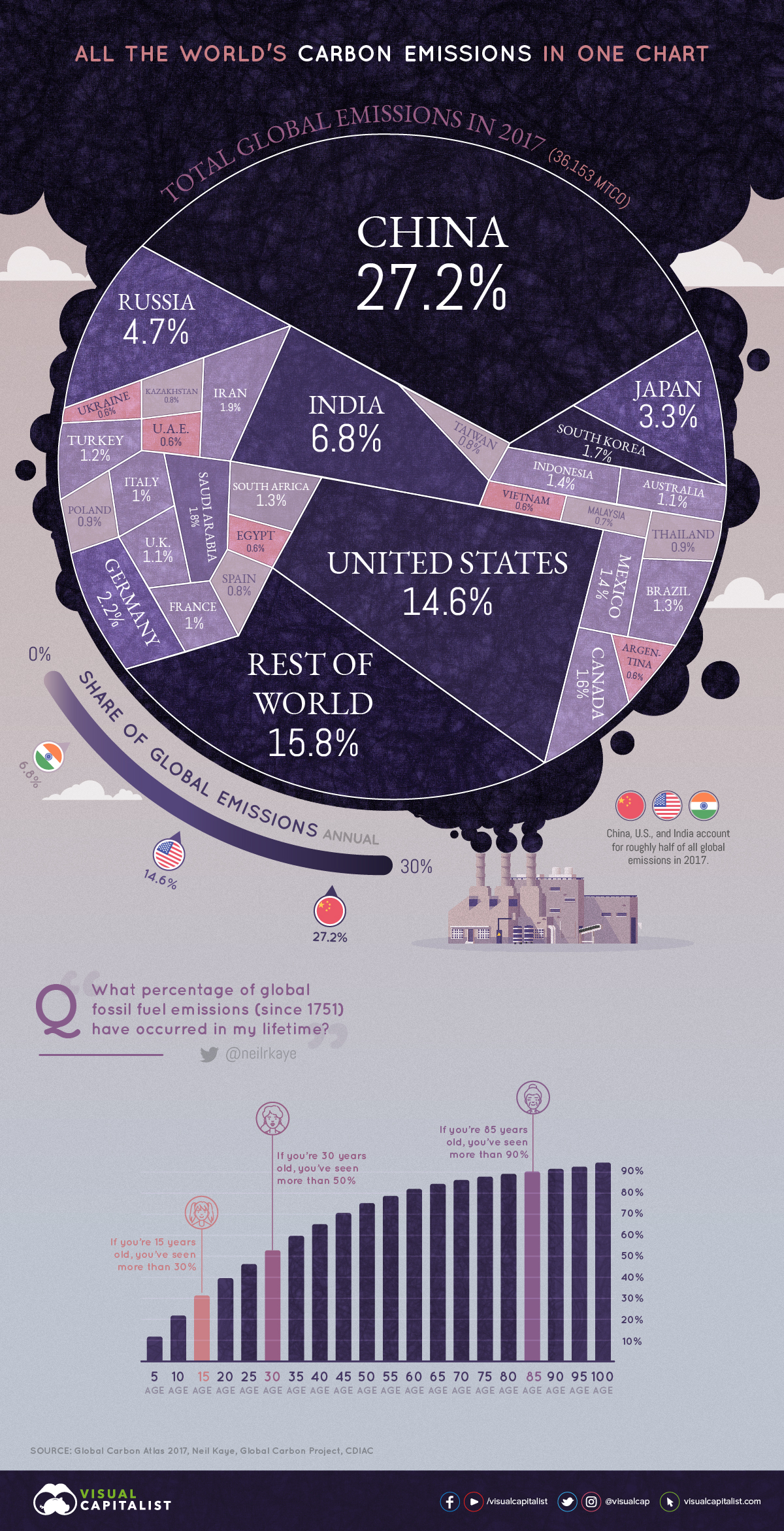



All Of The World S Carbon Emissions In One Giant Chart




Global Emissions Center For Climate And Energy Solutions
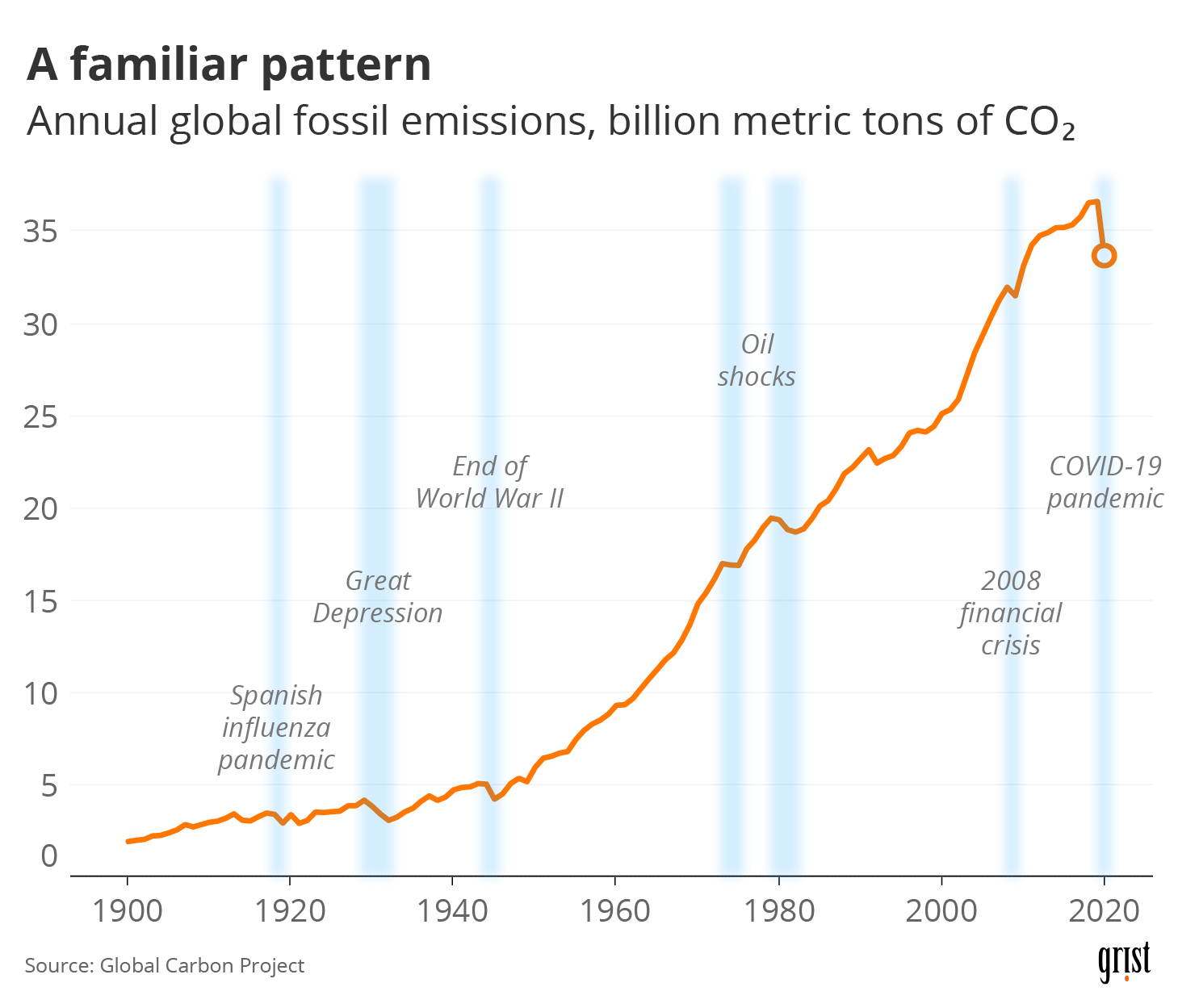



After A Century Of Growth Have Carbon Emissions Reached Their Peak Grist




Trends In Global Co2 And Total Greenhouse Gas Emissions 17 Report Pbl Netherlands Environmental Assessment Agency
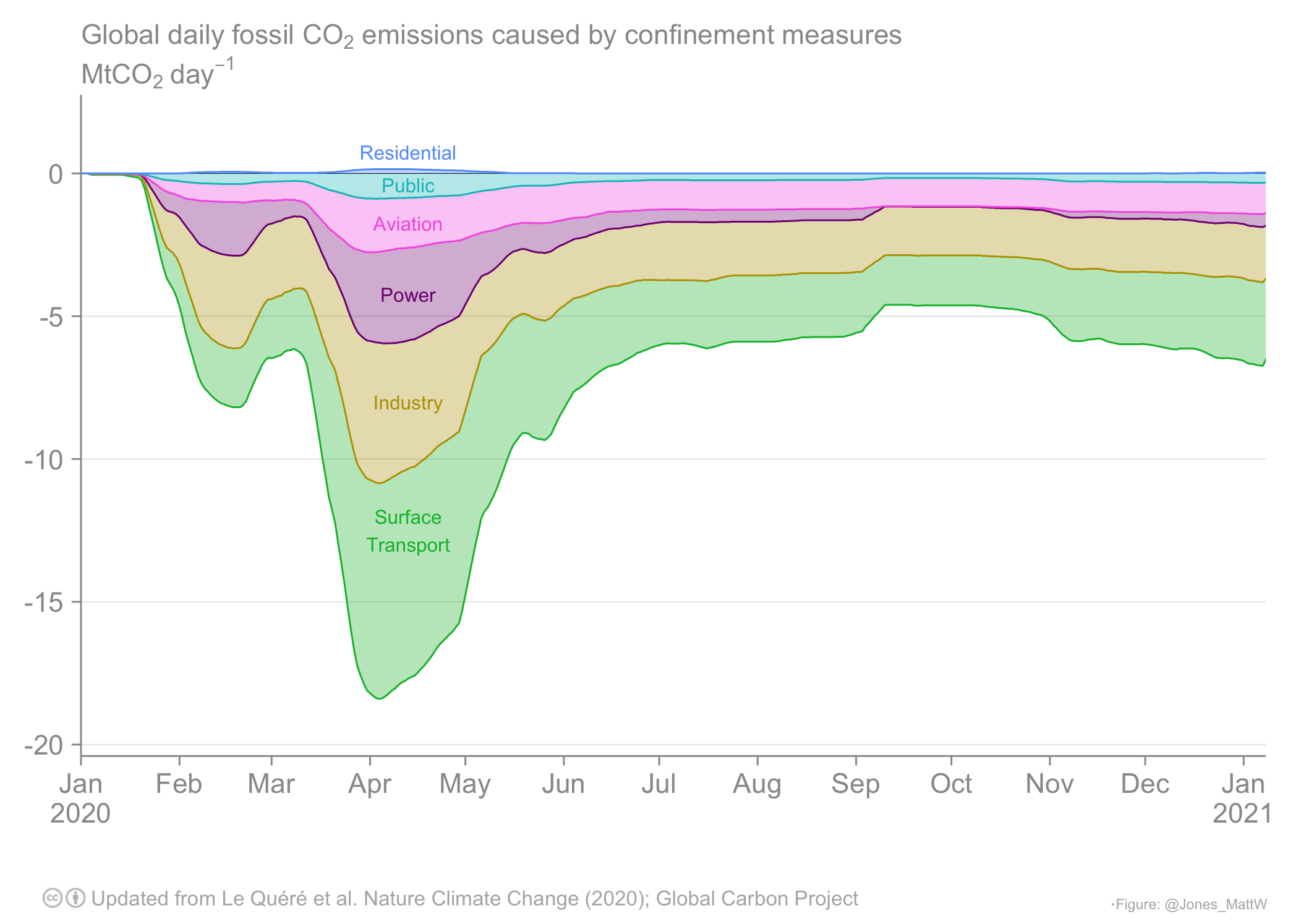



Supplementary Data Temporary Reduction In Daily Global Co2 Emissions During The Covid 19 Forced Confinement Icos




Global Emissions Center For Climate And Energy Solutions
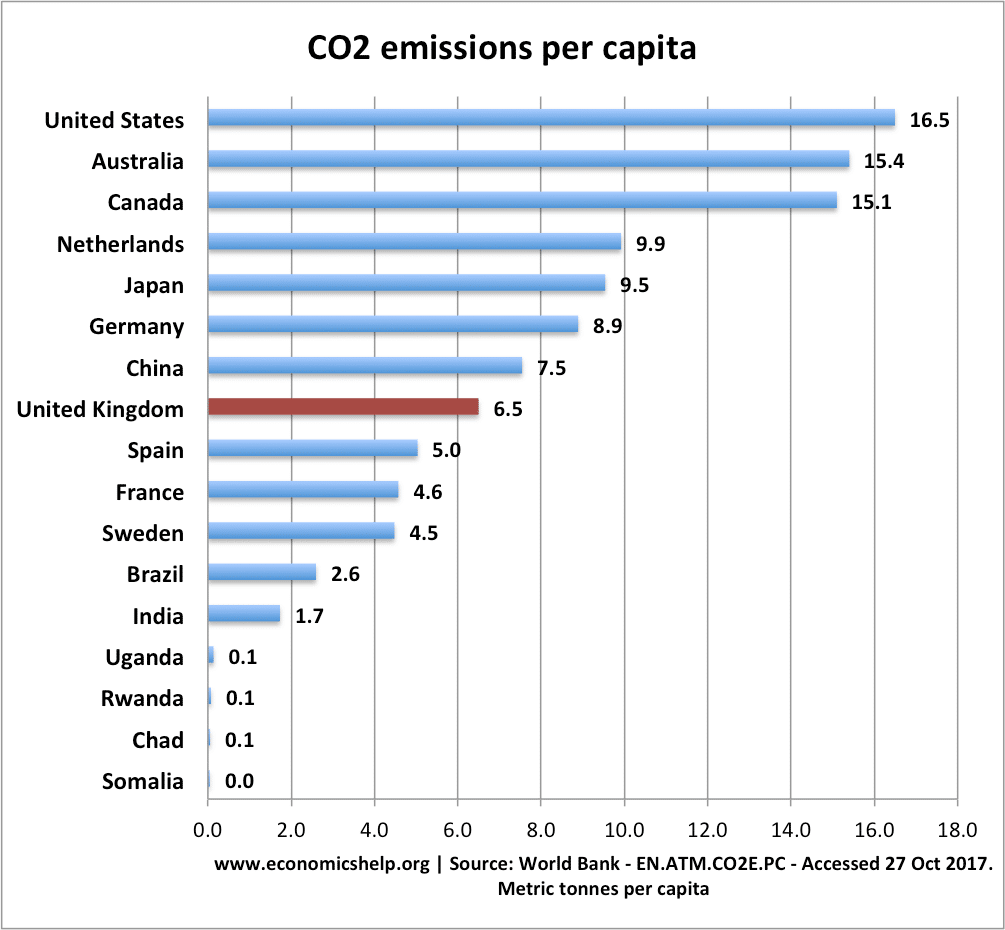



Top Co2 Polluters And Highest Per Capita Economics Help
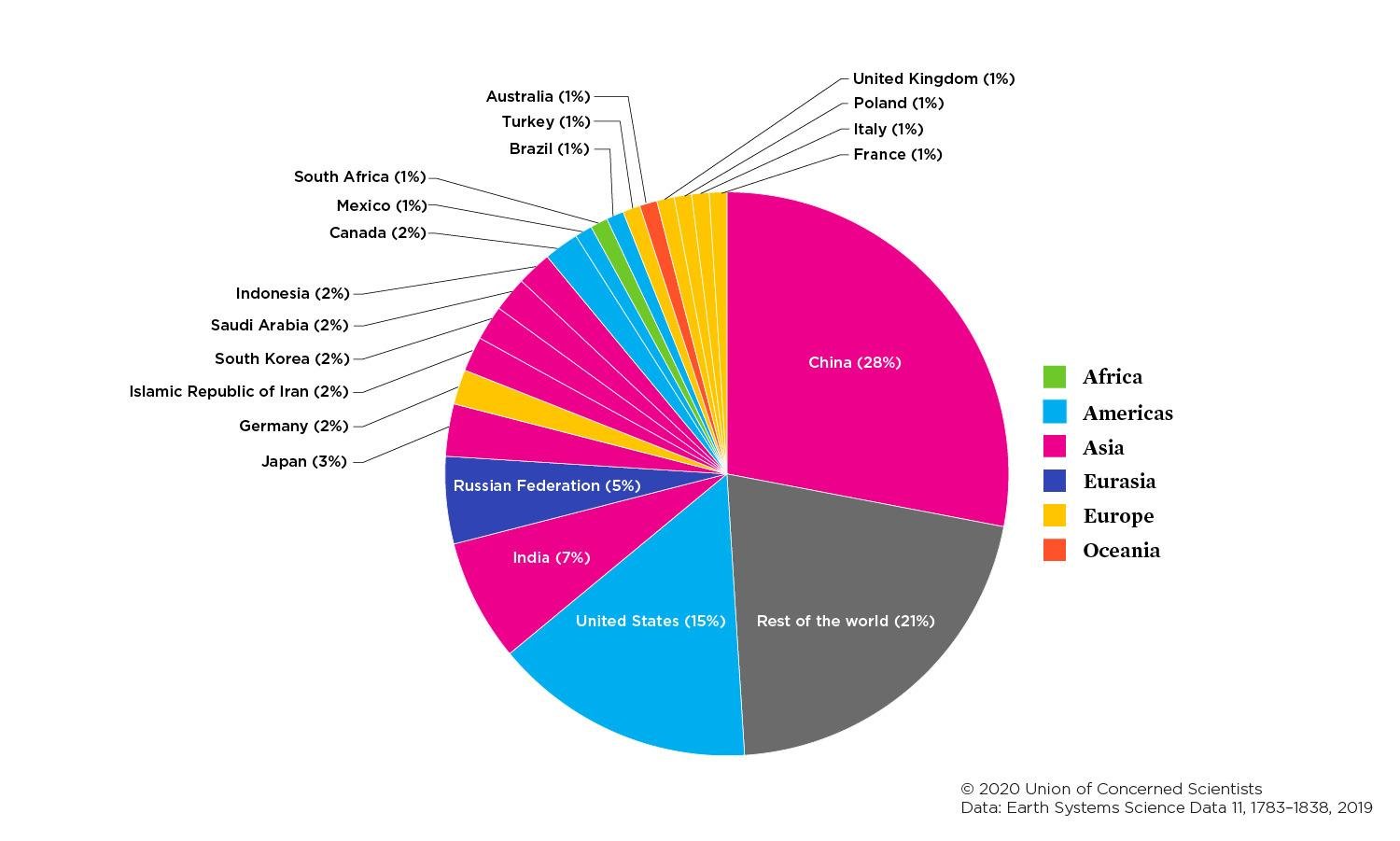



Each Country S Share Of Co2 Emissions Union Of Concerned Scientists
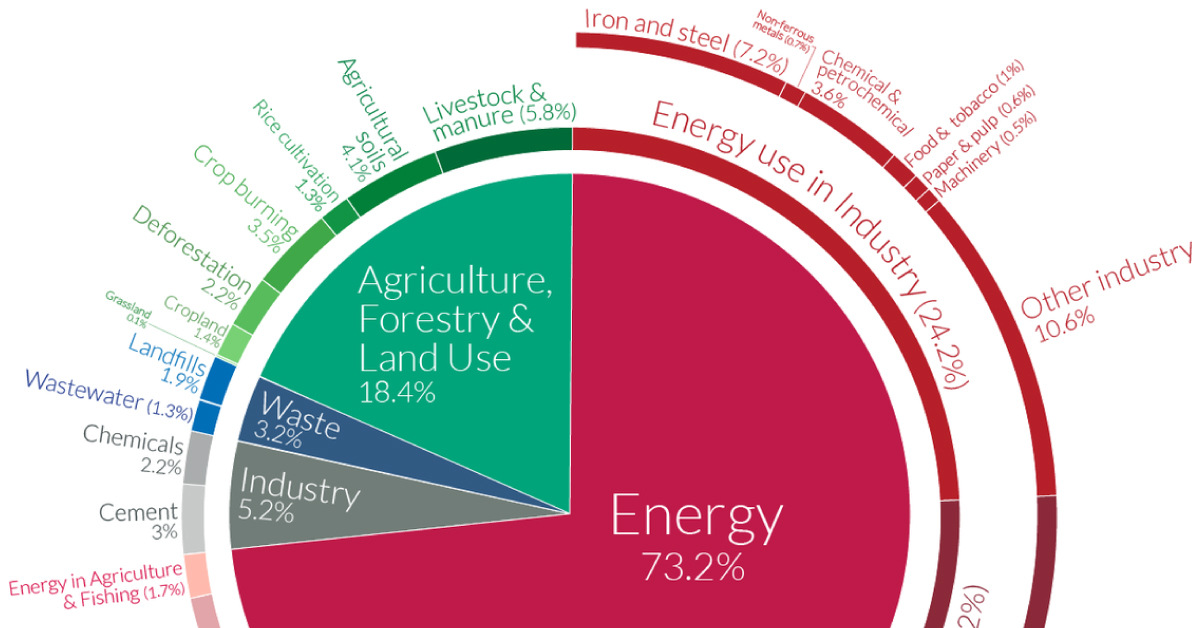



A Global Breakdown Of Greenhouse Gas Emissions By Sector
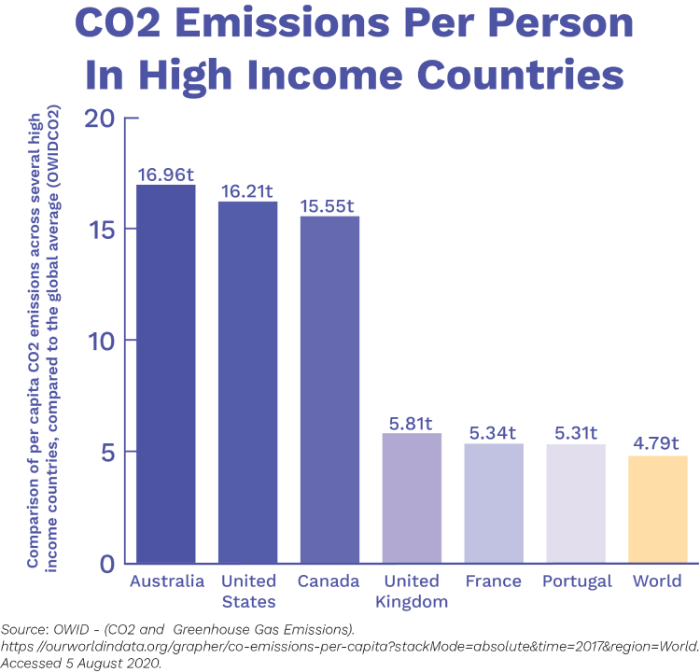



Emissions By Country Who Emits How Much Co




Rcp8 5 Tracks Cumulative Co2 Emissions Pnas
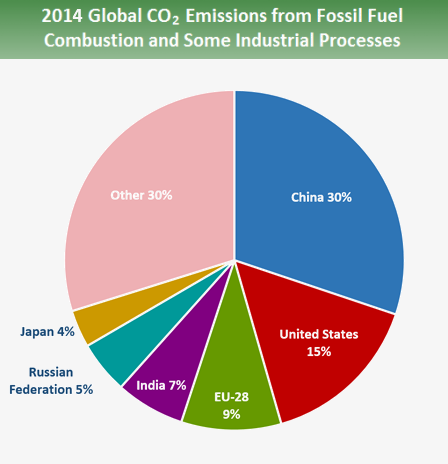



Global Greenhouse Gas Emissions Data Us Epa
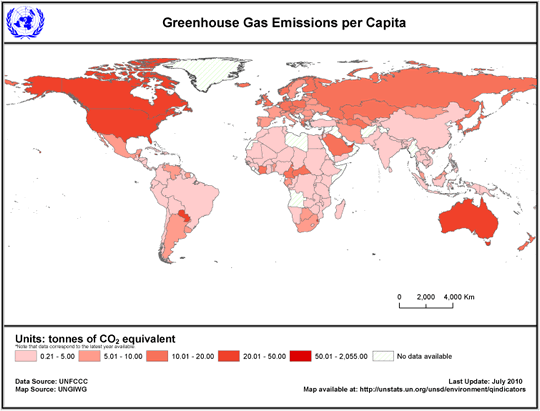



United Nations Statistics Division Environment Statistics




Climate Change Population Matters



Www Ipcc Ch Site Assets Uploads 18 12 Unep 1 Pdf




Niklas Hohne With China 126 Countries Have Made Announcements For Climate Carbon Neutrality They Cover 51 Of Global Greenhouse Gas Emissions If Usa Joins After Elections It Would Be 63




Global Emissions Center For Climate And Energy Solutions
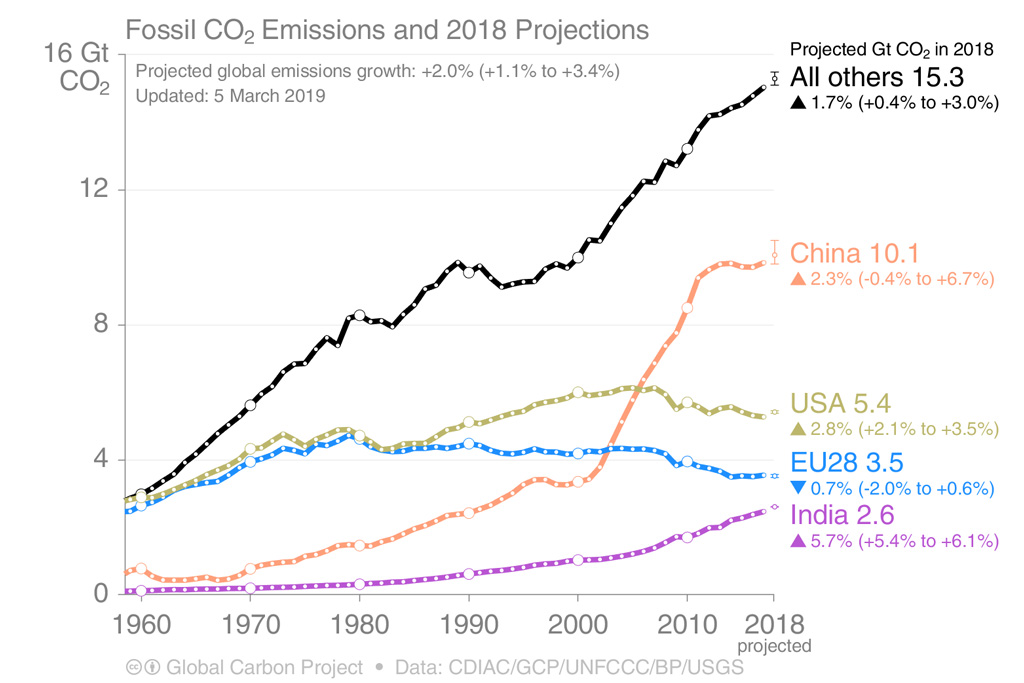



China Pledges Zero Carbon Emissions By 60
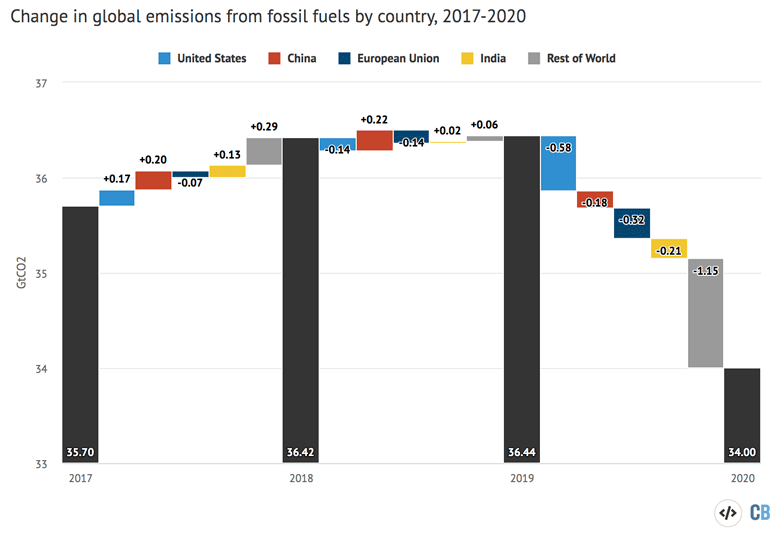



Global Carbon Project Coronavirus Causes Record Fall In Fossil Fuel Emissions In Carbon Brief




Measuring Greenhouse Gas Emissions From International Air Travel Of A Country S Residents Methodological Development And Application For Sweden Sciencedirect




Greenhouse Gas Emissions Wikipedia




Greenhouse Gases Factsheet Center For Sustainable Systems




Co2 Emissions Declines From Lockdowns Will Not Solve The Climate Crisis



0 件のコメント:
コメントを投稿